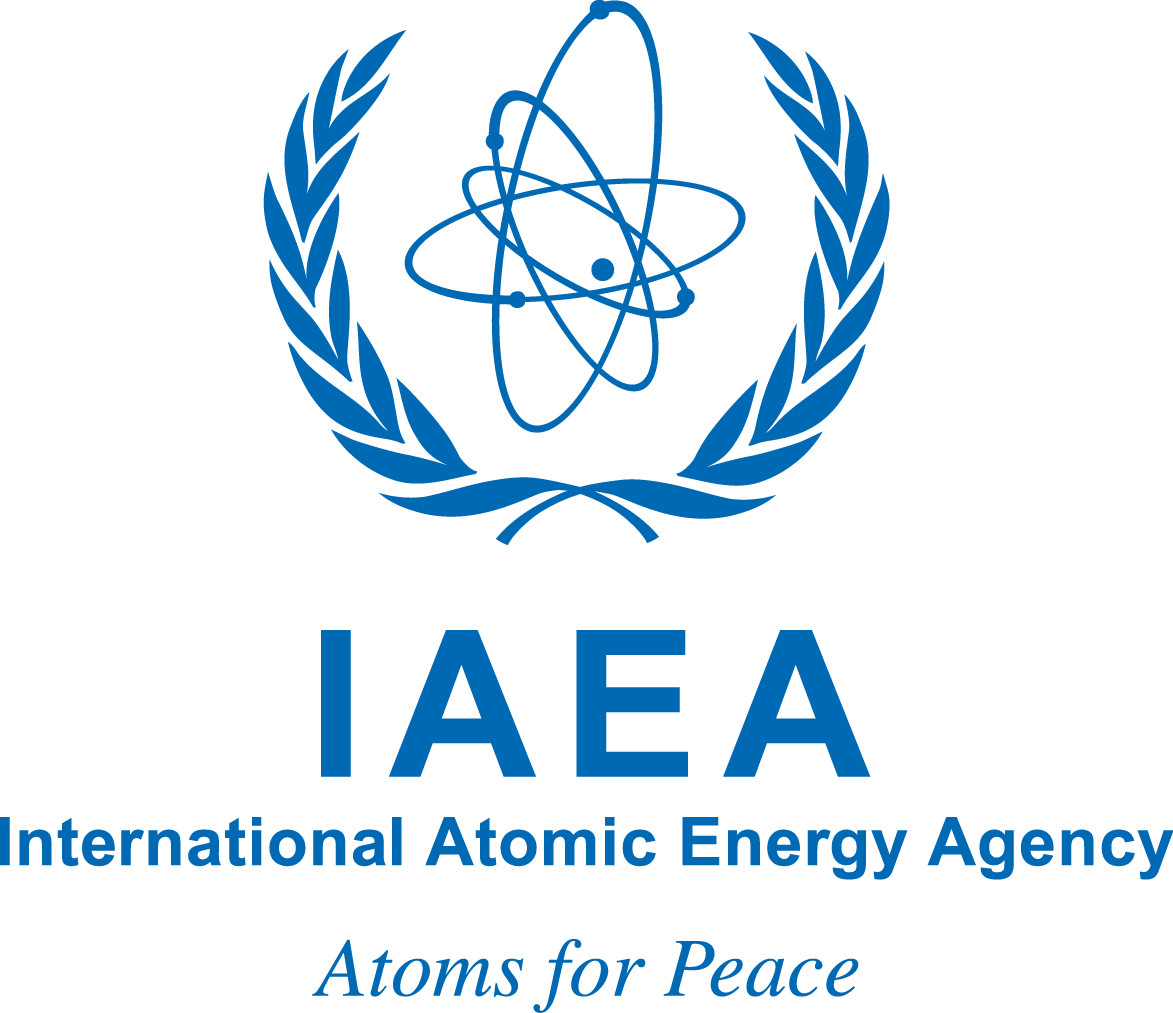Part 1 of 2 Parts
The 29th International Atomic Energy Agency (IAEA) Fusion Energy Conference was held from the 16th to the 21st of October 2023. The first edition of World Fusion Outlook as well as their plans to form a World Fusion Energy Group will be unveiled at the conference. In addition, updates on progress across the nuclear fusion industry and new investment from the U.K. host were also shared.
The event was held in the U.K. for the first time since 1984. It was opened by IAEA Director General Rafael Mariano Grossi. He began the event by wishing a happy 40th anniversary to the soon-to-be closed Joint European Torus. He said, “the first tritium experiment in Europe, breaker of scientific records, producer of generations of accomplished scientists and engineers, and a true magnet for international collaboration”.
Grossi outlined some of the breakthroughs and achievements by fusion experts over the two years since the previous conference was held. He added that current momentum and enthusiasm made it “crucial moment in the development of the field” and that fusion was moving “out of the laboratories and experimental centers”. He went on to say that credible pathways were needed to achieve the ambition of bringing fusion energy to the world economy.
The IAEA plans to create the World Fusion Energy Group by bringing together the “next leg of the fusion energy journey will get us from experiment to demonstration to commercial fusion energy production”. Before their first meeting next year, he said that the IAEA would “shortly invite fusion experts to work with the IAEA to outline Fusion Key Elements such as fusion-related definitions, characteristics and criteria for fusion energy to help develop common understanding among stakeholders essential for global deployment”.
During the opening session of the six-day conference in London, the first edition of the World Fusion Outlook was published and distributed to the attendees. The IAEA said that they intend it to be a regular publication providing “authoritative information and updates on fusion energy” and to become “a global reference for energy R&D, technology development and prospective deployment of fusion as a source of unlimited low carbon energy”.
Grossi called nuclear fusion energy the “grand engineering endeavor of the 21st Century”. He added that even if nuclear fusion does not play a big role in meeting the world’s climate goals by 2050, “the world will continue after 2050 and it will need clean energy on a massive scale beyond that date” and “while we may have different views on how exactly the global energy landscape will look in the coming years, we all see a place for fusion”.
Pietro Barabaschi is the director general of the multinational International Thermonuclear Experimental Reactor (ITER) project in France. One of the issues he raised was ensuring there was a sufficient, and skilled, workforce for fusion development. The conference attendees were told that there was a need to recruit people who had retired, because of skills and knowledge they had.
Please read Part 2 next
